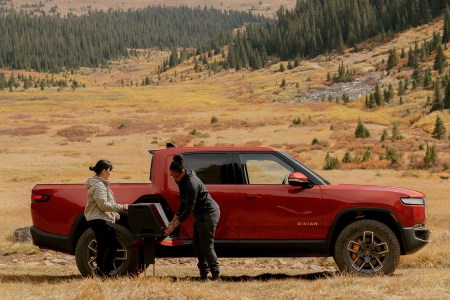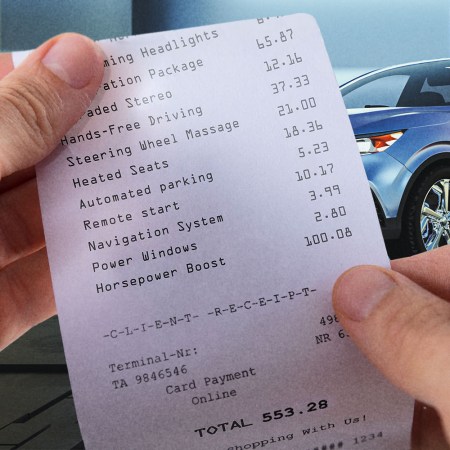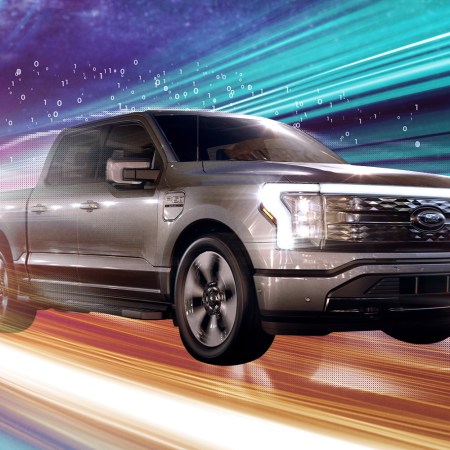When you’re shopping for a car, there are a few organizations you should look to for recommendations. Consumer Reports is a great nonprofit resource for finding out how actual owners feel about their vehicles, and how those same vehicles perform under expert testing. If safety is your top priority, though, you’ll want to look for a model that’s been given the stamp of approval by the Insurance Institute for Highway Safety (IIHS).
That’s going to be a bit tougher this year. IIHS just released its initial list of recipients for its Top Safety Pick+ and Top Safety Pick awards, and it’s significantly smaller than last year. For its highest award, the organization only chose 28 models (last year they chose 65), and for its runner-up award, they chose just 20 (last year it was 36). In essence, the list of certified-safe vehicles you have to choose from is over 50% smaller this year, with the caveat that IIHS could add more to the list as the year progresses.
What gives? Aren’t cars supposed to be getting safer all the time? That’s just the thing, they most certainly are, and because of that IIHS is upping its benchmark this year which led to the decrease in award recipients.
“The number of winners is smaller this year because we’re challenging automakers to build on the safety gains they’ve already achieved,” according to IIHS President David Harkey. “These models are true standouts in both crashworthiness and crash prevention.”
Three Big Surprises in Consumer Reports’ “Most Satisfying” Cars Survey
One sports car trounced the competition, and so did two unexpected EVsOf the models that received the more prestigious Top Safety Pick+ award, two things stand out. First, only four cars were included (the Acura Integra, Subaru Outback, Toyota Camrys built after January 2023 and Genesis G90). Last year, 28 cars were included. Additionally, four electric vehicles received the accolade, including the popular Tesla Model Y, but also the Volkswagen ID.4, the relatively new Subaru Solterra (built after October 2022) and the Rivian R1T pickup (another vote of confidence in that fledgling company).
The updated rules for these 2023 ratings include a tougher side crash test, a new nighttime vehicle-to-pedestrian front crash test and more stringent headlight requirements.
These are welcome additions, and IIHS has the data to back up its recommendations so that these vehicles will indeed be safer in the real world. But one concerning element of these continuously updated safety standards is that they appear to be part of a vicious cycle leading to larger and larger vehicles. As the organization notes, the updated side crash test involves 82% more energy, and you may be able to guess why.
“In addition to a higher speed, the updated test uses a new striking barrier that is closer to the weight of today’s SUVs than the old barrier and more closely mimics the damage they create,” IIHS explained.
When does it end? Automakers build and market larger vehicles to increase profits, safety organizations increase their standards to account for these behemoths, smaller vehicles fall by the wayside because they can’t compete with towering SUVs, and larger and larger vehicles become the norm. And as we know, bloated vehicles are generally bad for the planet, whether we’re dealing with gas or electric power.
Thankfully, some cars, small SUVs and reasonably-sized EVs still make the IIHS list. You can see all the vehicles that were awarded here.
Thanks for reading InsideHook. Sign up for our daily newsletter and be in the know.


















